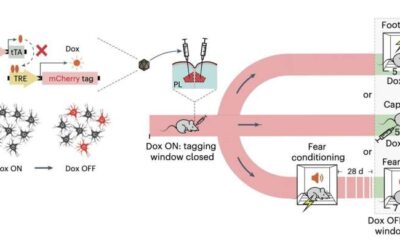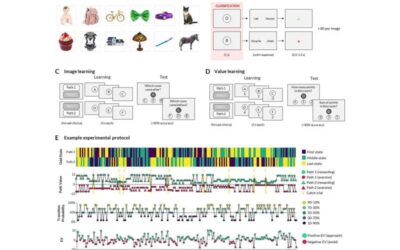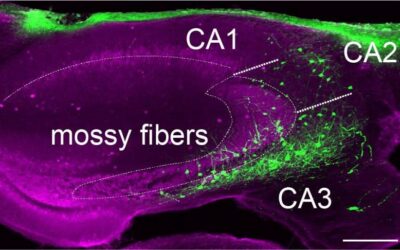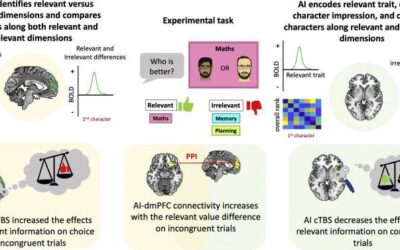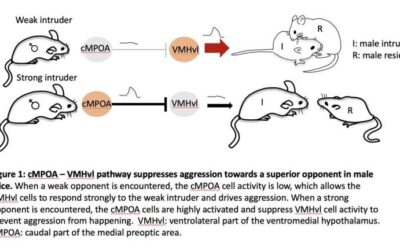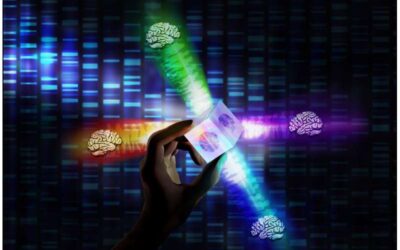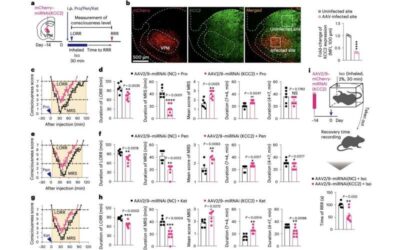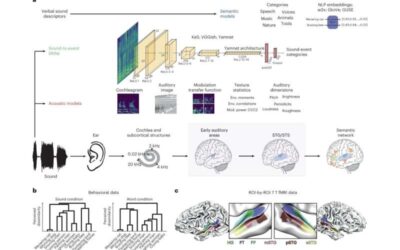While pain and fear are very different experiences, past studies showed that they can sometimes be closely related to one another. For instance, when many animals and humans are in dangerous or life-threatening situations, acute fear can suppress their perception of...
MEDICALXPRESS
Replaying outcomes in the brain could predict whether we approach or avoid situations
Past neuroscience studies suggest that when deciding their next actions, mice and other rodents tend to replay past outcomes of similar situations in their brain, which is reflected in a rapid activation of certain brain regions in a sequence. Recently, some studies...
Study explores activity of distinct interneuron populations in a mouse hippocampus during memory consolidation
The hippocampus is a key region of the mammalian brain, which has been found to be involved in the formation of episodic memories. These are long-term memories of events or experiences that can be consciously remembered and mentally re-experienced, such as...
Study shows that thinking hard about complex problems results in distinct facial muscle movement patterns
Psychology theories suggest that humans tend to primarily invest significant mental resources on problems that will reward them for their efforts. More specifically, they propose that before they start thinking in great depth about a problem, humans ponder on whether...
A neural pathway involved in separating and selectively sorting through social information
Humans are innately able to separate information regarding others in their social circle depending on their needs and what they are looking for. For instance, they might contact a friend who is a lawyer if they need advice with a legal matter or contact an empathetic...
A neural circuit that suppresses male aggression when an opponent is physically advantaged
For decades, neuroscientists have been trying to understand the neural mechanisms underpinning different social behaviors, including aggression. Aggressive, violent, or confrontational behaviors are common among humans and many animal species, yet the neural processes...
Exploring the mechanisms underpinning individual differences in autism spectrum disorder using machine learning
Autism spectrum disorder (ASD) is a developmental disorder associated with difficulties in interacting with others, repetitive behaviors, restricted interests and other symptoms that can impact academic or professional performance. People diagnosed with ASD can...
Study unveils neural processes underpinning the re-emergence of consciousness after anesthesia
Before undergoing surgeries and other invasive medical procedures, patients typically undergo anesthesia. Anesthesia consists in giving patients a class of drugs (i.e., anesthetics) that cause them to lose feeling in specific areas of the body (i.e., local anesthesia)...
Using deep neural networks to predict how natural sounds are processed by the brain
In recent years, machine learning techniques have accelerated and innovated research in numerous fields, including neuroscience. By identifying patterns in experimental data, these models could for instance predict the neural processes associated with specific...
The functional organization of cells in the retina is shaped by natural panoramic environments
Existing neuroscientific models of the visual system suggest that it represents the visual world just as a camera would, encoding the positions of different objects similarly. An animal's surrounding environment, however, constantly changes, and these changes could...

